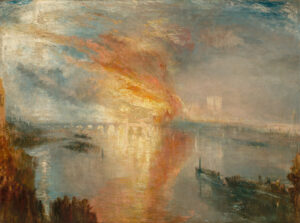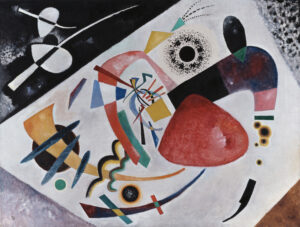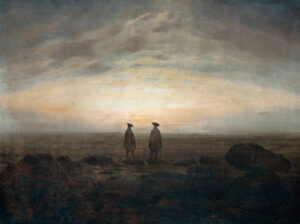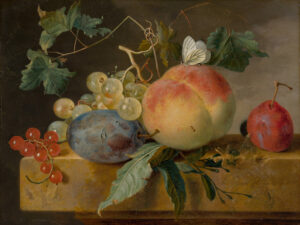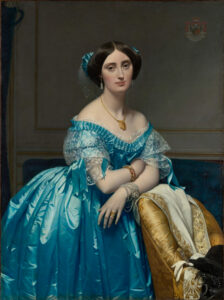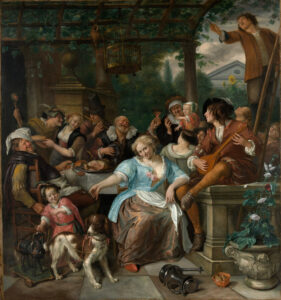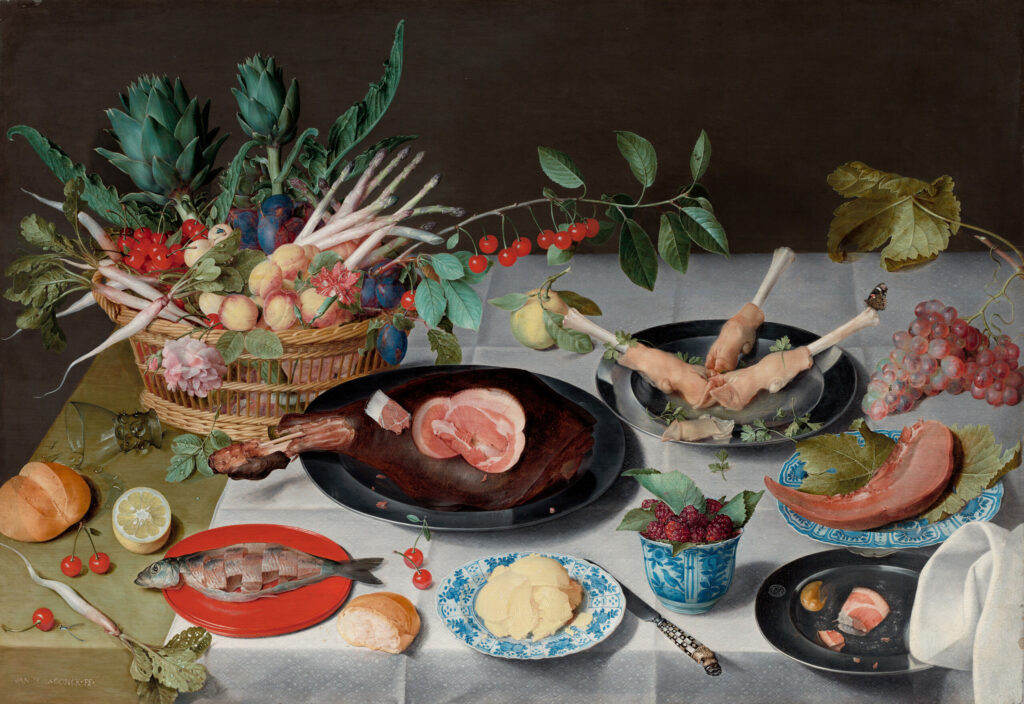
Still Life with Meat, Fish, Vegetables and Fruit (circa 1615-1620) by Jacob van Hulsdonck offers a sumptuous display of bourgeois culinary abundance.
This meticulous composition reveals the prosperity of the Dutch Republic at its height: local products sit alongside exotic goods, testifying to international commercial networks. The artist displays his virtuosity in rendering materials: the flesh of fish, transparency of glass, brilliance of blue and white Chinese porcelain, rough texture of the wicker basket. The carefully arranged condiments—butter, lemon, parsley—evoke refined culinary art. This abundance, utopian for the period, contrasts with signs of consumption: partially eaten foods, an overturned glass. These details introduce a temporal and moral dimension, recalling the vanity of earthly pleasures according to Dutch moralizing tradition.
Further information
- Still Life with Meat, Fish, Vegetables and Fruit, circa 1615-1620, by Jacob van Hulsdonck, Gift of Janice Hammond and Edward Hemmelgarn 2018.258
- 71.5 x 104 cm (28 1/8 x 40 15/16 in.), Oil on panel, verso prepared with gesso
- Cleveland Museum of Art, displayed in gallery 213, Dutch Painting
- https://www.clevelandart.org/art/2018.258
Jacob van Hulsdonck (1582-1647) remains one of the founding masters of Flemish still life. A native of Antwerp and contemporary of Rubens, he developed a meticulous style characterized by quasi-photographic precision and a clear palette inherited from the Flemish primitive tradition. Specializing in table still lifes, he excelled in representing textures and light effects. His relatively limited production testifies to extreme perfectionism and remarkable naturalistic observation. Hulsdonck durably influenced the Antwerp school and contributed to the emergence of still life as an autonomous genre in 17th-century European art.

